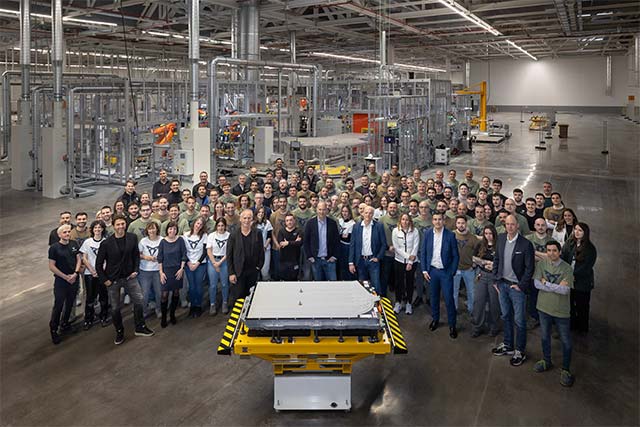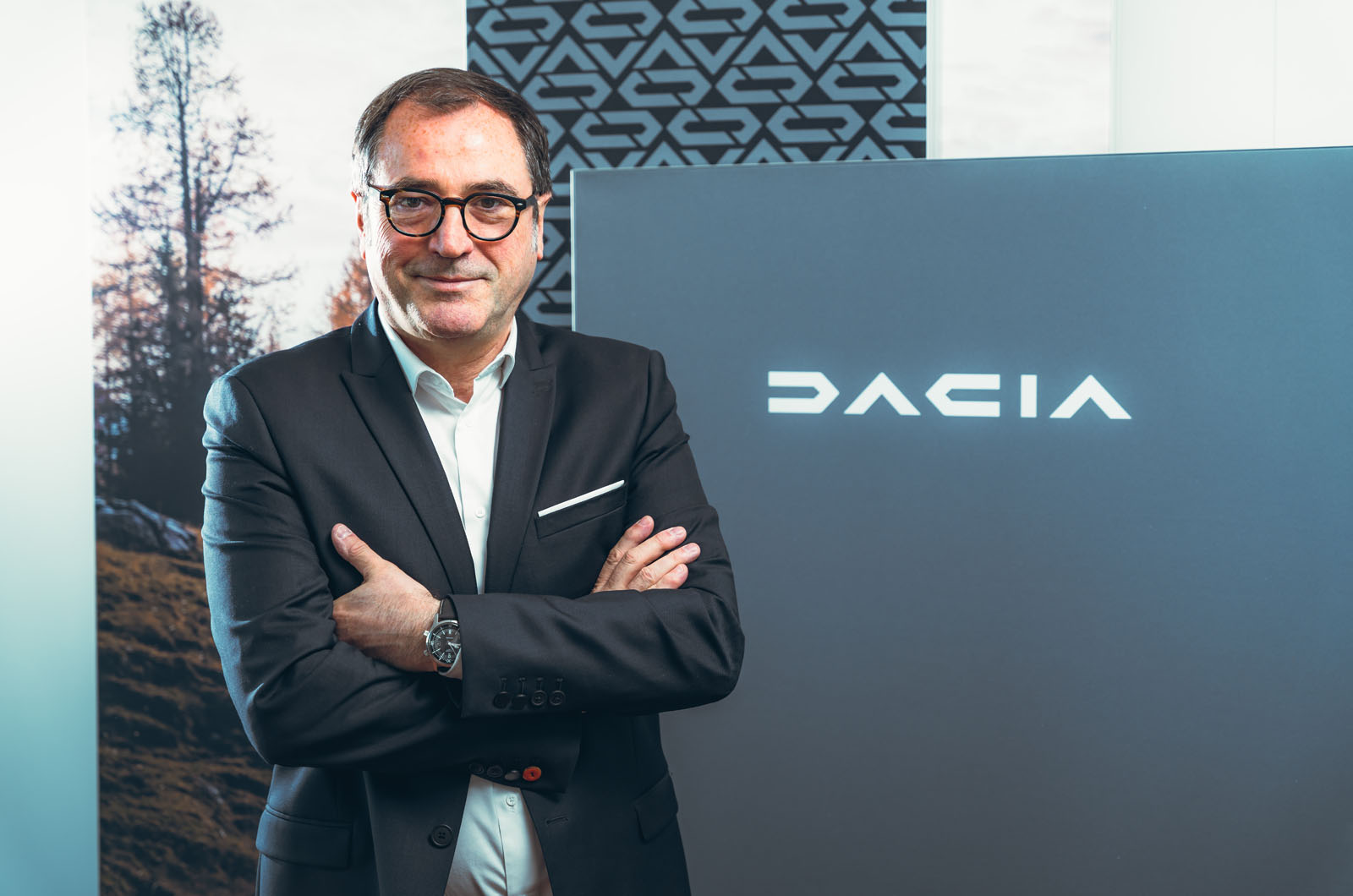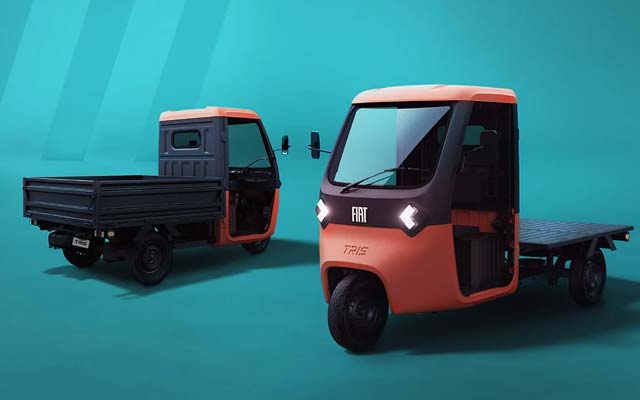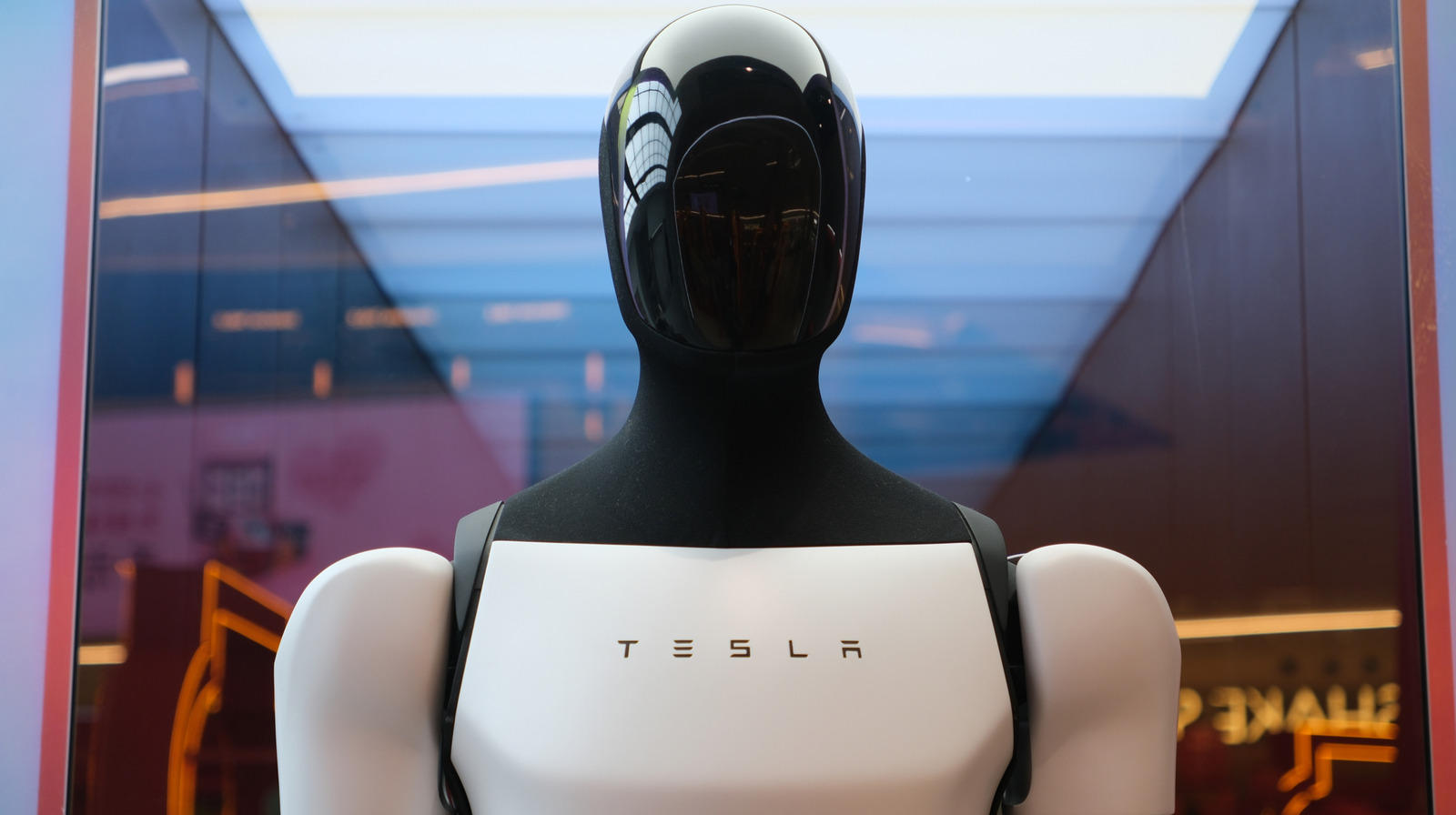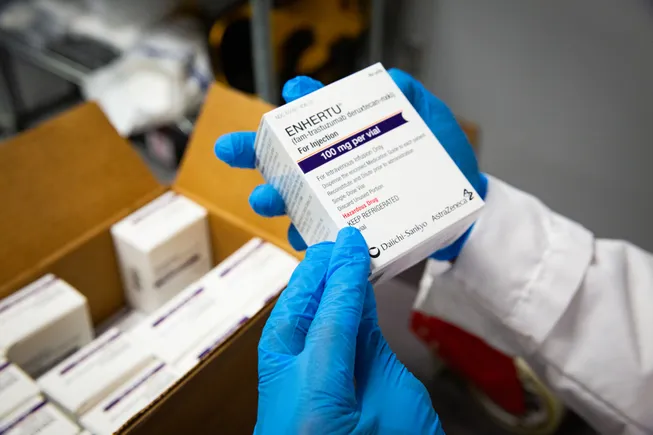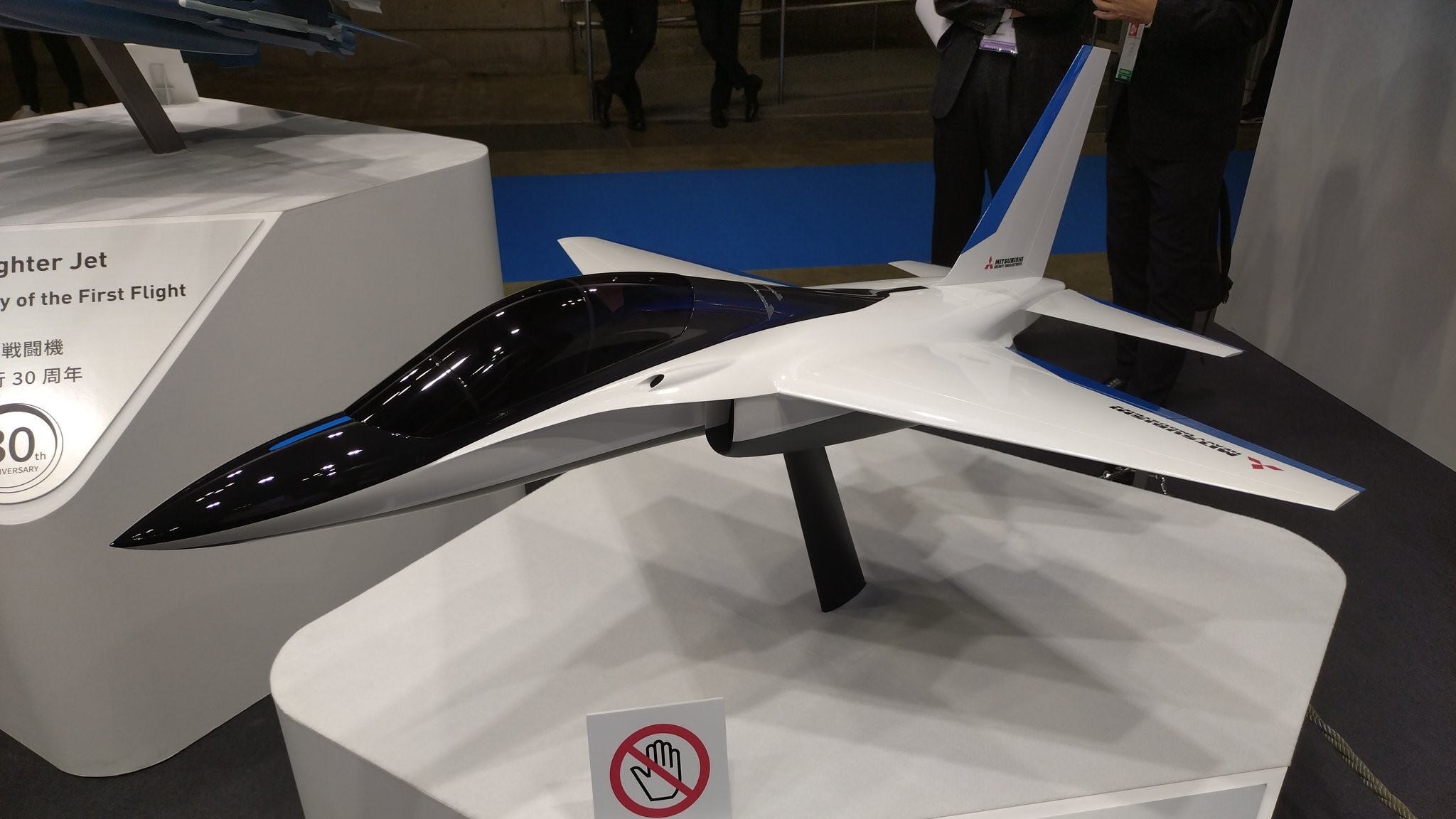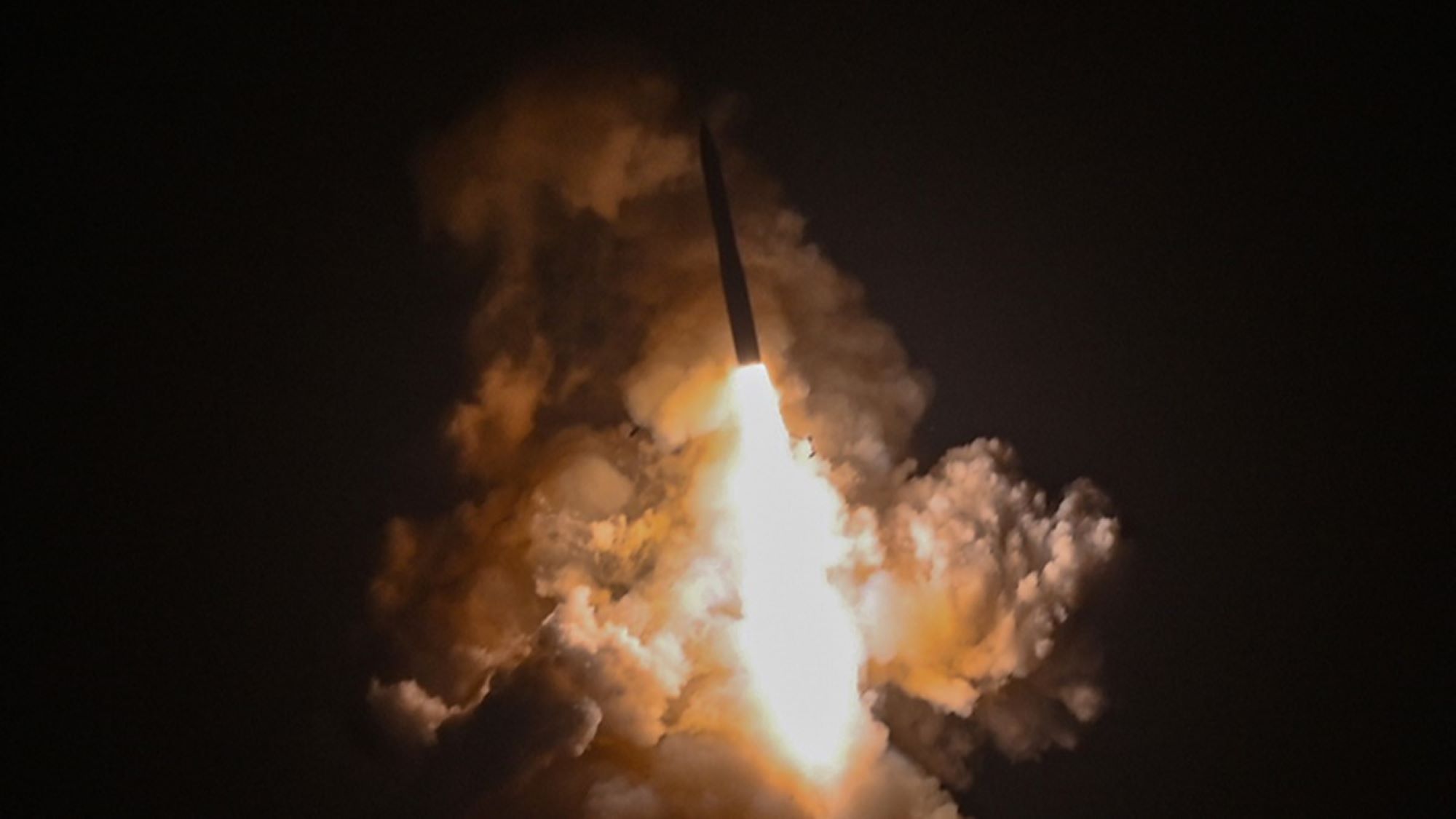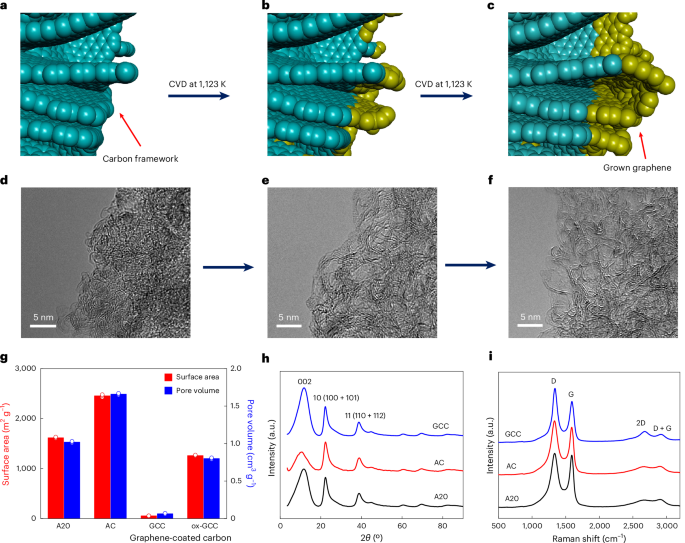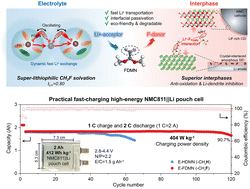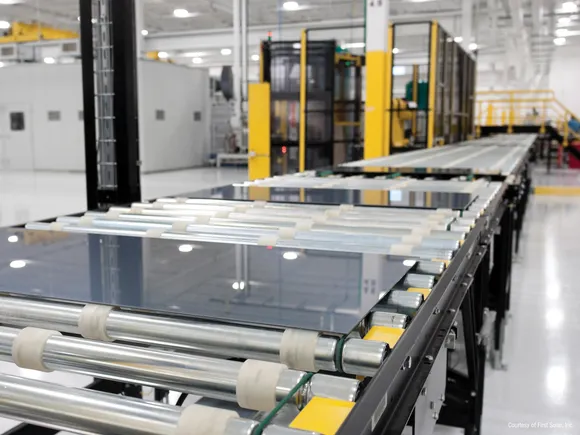Automation Investments Boost Productivity and Profits in Food Manufacturing
Key takeaways: Productivity is the top priority, with 78% of CPG companies ranking it first as they face labor shortages, rising costs, and decreased sales despite higher production volumes. Smart […]


Key takeaways:
- Productivity is the top priority, with 78% of CPG companies ranking it first as they face labor shortages, rising costs, and decreased sales despite higher production volumes.
- Smart manufacturing technologies are delivering measurable results, with 37% of manufacturers already using real-time analytics and 70% reporting productivity as automation’s primary benefit.
- Food-specific automation barriers are being overcome as manufacturers work to create integrated technology ecosystems rather than implementing isolated solutions.
As manufacturers face labor shortages, rising costs, supply chain disruptions, and increasing consumer demands for quality and transparency, productivity has emerged as the defining priority for 2025 and beyond. More than three-quarters (78%) of CPG companies and industry suppliers now rank productivity as their top priority, followed by cost reduction and automation initiatives at 47% each.
Despite anticipating an average gross throughput increase of 23% in 2024 (up from 18% the prior year), many food and beverage manufacturers reported decreased sales in 2023, and nearly 70% saw a 12% average increase in total cost per product amid inflation. To improve revenue, compensate for lower-than-expected sales, and navigate cost increases, manufacturers are investing in improving their production processes through automation and technology adoption. A recent survey found that 37% of food and beverage manufacturers have already integrated technology and real-time analytics in their plants, with 70% of respondents citing productivity as the primary benefit of automation.
Investing in digital maturity
One of the most significant barriers to automation adoption has been the challenge of demonstrating clear return on investment. However, forward-thinking manufacturers are justifying their initial automation investments by considering both immediate productivity gains and their broader, long-term digital maturity. Early automation investments create the foundation for increasingly sophisticated applications of AI, predictive analytics, and process optimization.
Some of these investments include digital twin technology, allowing manufacturers to model and optimize operations without disrupting production, and smart manufacturing solutions that integrate AI and IoT sensors to create hyper-intelligent processes capable of optimizing everything from moisture levels to energy consumption.
And although food manufacturers have been slower to adopt collaborative robot (cobot) solutions compared to other industries — due to unique challenges including sanitation requirements, food safety standards, and legacy facilities designed for human workers — cobots are now being engineered specifically for food processing environments. With enhanced washability and safety features, cobots can work alongside and under the guidance of human workers, handling the most repetitive, standardized tasks.
Productivity isn’t just about doing more with less. It’s about building the foundation for sustainable growth, enhanced quality, and operational resilience. The most successful food manufacturers aren’t just adopting individual technologies — they’re creating integrated ecosystems that amplify productivity gains across multiple dimensions.













